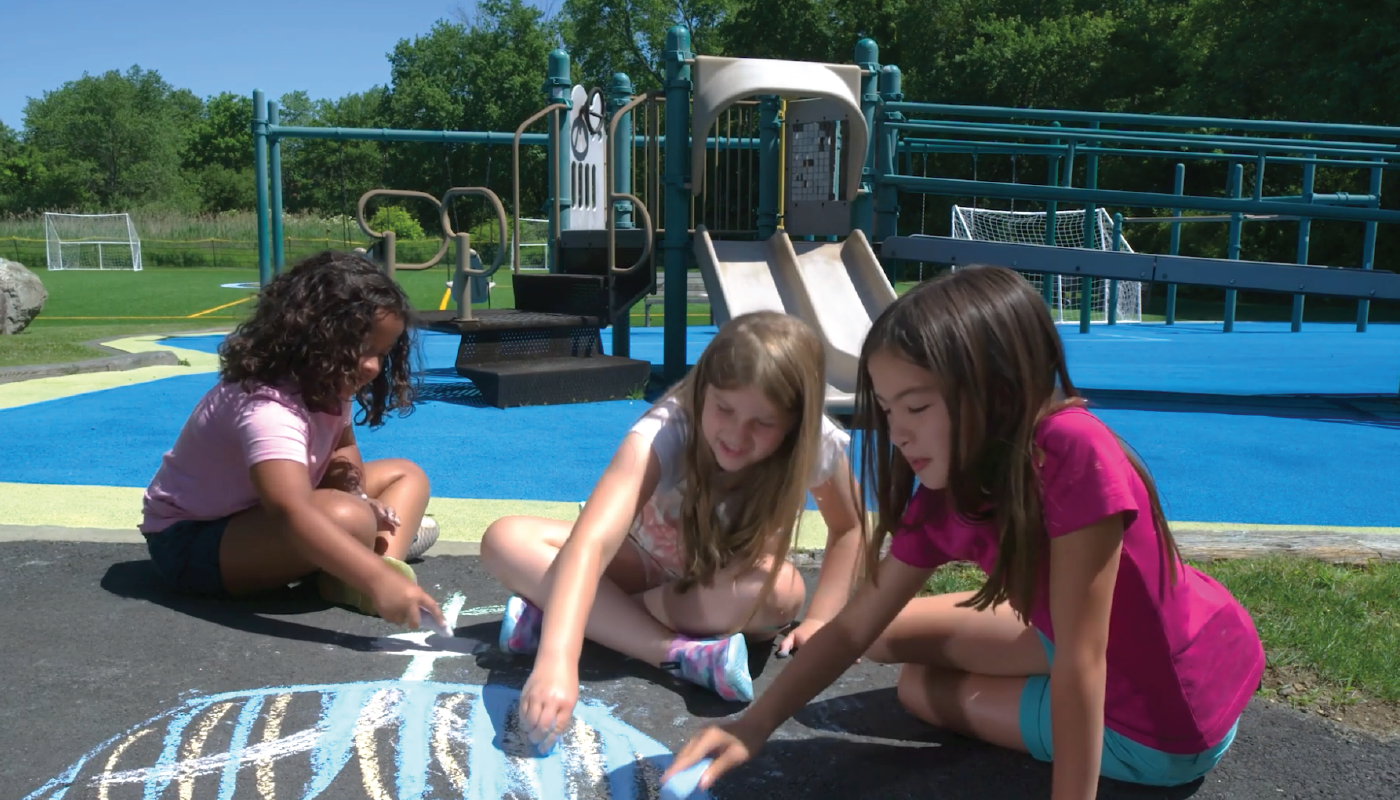Introduction
In special education, it is crucial to identify and develop skills that help students adapt and thrive in various social situations. One such skill is being a social chameleon on the playground, which enables children to better interact and form connections with their peers.
Understanding Social Chameleon Skills
Social chameleon skills involve adjusting one’s behavior and actions to match the social context, particularly during playtime. This ability has a significant impact on students’ learning, social interactions, and wellbeing, as it helps them understand how to get along with others, be respectful, and ensure everyone has fun playing together.
The Role of Specialists
Various specialists, such as Speech-Language Pathologists, Social Workers, Psychologists, and School Counselors, play an essential role in supporting the development of social chameleon skills. They can provide tailored interventions, guidance, and resources to help students improve their ability to tune in to their surroundings, read the mood, and adjust their actions accordingly.
IEP Goals for Social Chameleon Skills
The following SMART IEP goals can be used to develop social chameleon skills in PreK students:
-
Goal 1: The student will demonstrate the ability to tune in to their surroundings and the people they are playing with in 4 out of 5 opportunities, as measured by teacher observation.
- Strategy: Provide visual cues and reminders to help the student focus on their environment and peers.
- Activity: Engage in group games that require the student to observe and respond to others’ actions.
-
Goal 2: The student will accurately read the mood of their playmates in 4 out of 5 opportunities, as measured by teacher observation.
- Strategy: Teach the student to recognize and interpret facial expressions, body language, and tone of voice.
- Activity: Use role-playing scenarios to practice identifying and responding to different moods.
-
Goal 3: The student will adjust their actions to fit the time and place in 4 out of 5 opportunities, as measured by teacher observation.
- Strategy: Discuss and practice appropriate behaviors for various settings and situations.
- Activity: Participate in group activities that require adapting to different rules or expectations.
Implementing and Measuring Progress
To effectively implement these IEP goals, educators should collaborate with specialists, provide consistent reinforcement, and use engaging activities that promote skill development. Progress can be measured through teacher observations, anecdotal notes, and data tracking tools that document the student’s ability to demonstrate social chameleon skills in various situations.
Conclusion
Developing social chameleon skills in PreK students is vital for fostering positive social interactions and overall wellbeing. By implementing these IEP goals and collaborating with specialists, educators can make a significant impact on their students’ success. We encourage you to apply these goals and invite you to explore more resources at Everyday Speech Sample Materials for further support.






